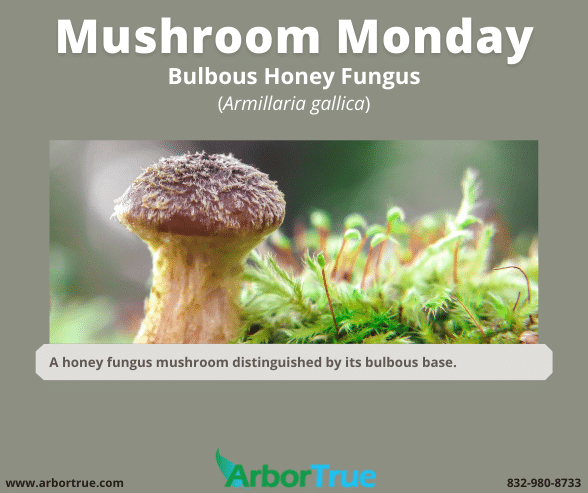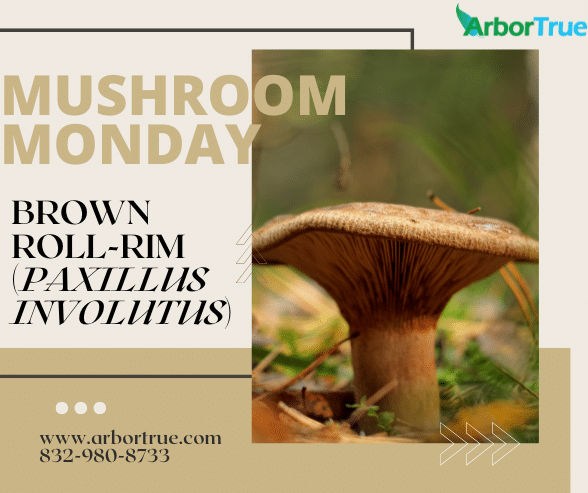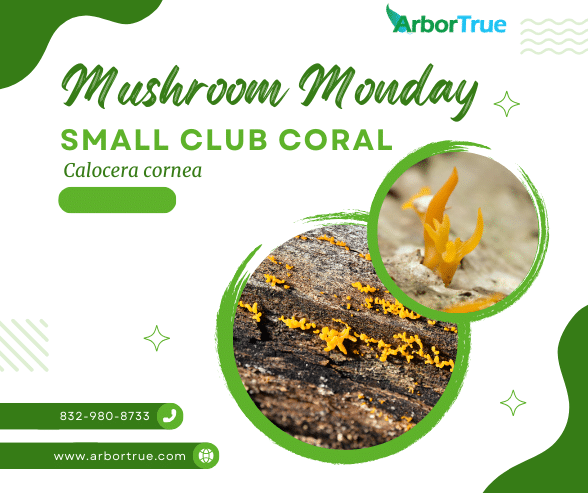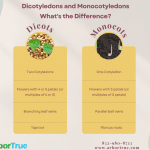
Dicotyledons and Monocotyledons – What’s the Difference?
September 13, 2024
They’ve Got a Lot of Gall: Cynipid Wasps
September 18, 2024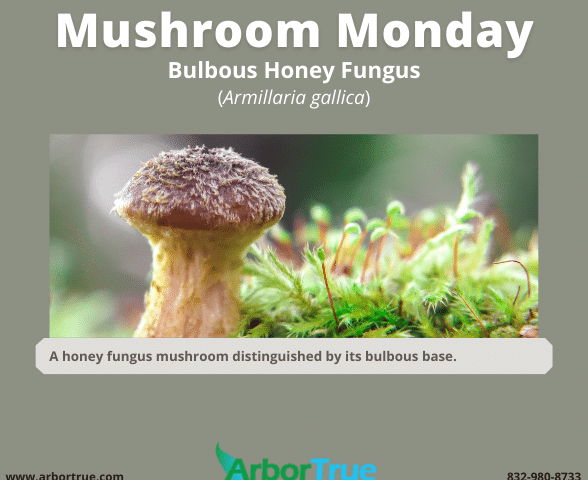
Mushroom Monday: Bulbous Honey Fungus (Armillaria gallica)
In today’s Mushroom Monday post, we look at the bulbous honey fungus (Armillaria gallica). We’ve looked at a honey fungus mushroom before and in this post, we look at one with some different characteristics.
Where can Bulbous Honey Fungus Mushrooms be Found?
Bulbous honey fungus mushrooms can be found in dispersed groups or alone in the eastern part of North America around hardwood trees. Although they can look like they are growing from the ground, they generally are attached to the roots of trees and can be found near tree bases. They grow from rhizomorphs, which are groupings of strands of hyphae that in some way are like the roots of the mushroom. In some instances, they can appear after trees are gone, as they can still be connected to the remaining roots. The fruiting bodies can appear toward the end of fall or the start of winter.
What do Bulbous Honey Fungus Mushrooms Look Like?
The Caps
The mushroom caps range in size from one to four inches across. They start out convex and flatten with age. They can feel sticky or dry, and have scales and fibers on top. A wispy veil can remain under the cap for a short time.
The Gills
The gills of bulbous honey fungus mushrooms can appear down the stem, though they can have short gills as well. The gills are close together and whitish in color, though they discolor to pink or brown.
The Stems
As the name implies, bulbous honey fungus mushrooms have bulbous bases. This is one of their distinguishing features.
The stems range in height from 1.5 to 2.75 inches and have a club shape. At the top of the stems there can be fine lines, and there can be yellow where the ring was (though in some cases the ring can be visible). They are white/brown in color and darken with age.
What Type of Mushrooms are Bulbous Honey Fungus Mushrooms?
Bulbous Honey Fungus mushrooms are saprophytic mushrooms which get their energy from dead and decaying organic matter. They can also be slightly parasitic.
If you liked learning about bulbous honey fungus mushrooms, check out our other Mushroom Monday posts on our TrueTreeTalk blog. Follow us on Facebook to keep up with these and other posts.
* * *
ArborTrue is a science-based tree-service company in the greater Houston area. We also serve Austin and other parts of Central Texas. We provide a range of services including tree trimming, tree pruning, tree removal, tree planting, arborist consultations, and more. Call us today at 832-980-8733 (Houston) or at 512-546-3833 (Austin) or reach out to us online to schedule an appointment.

